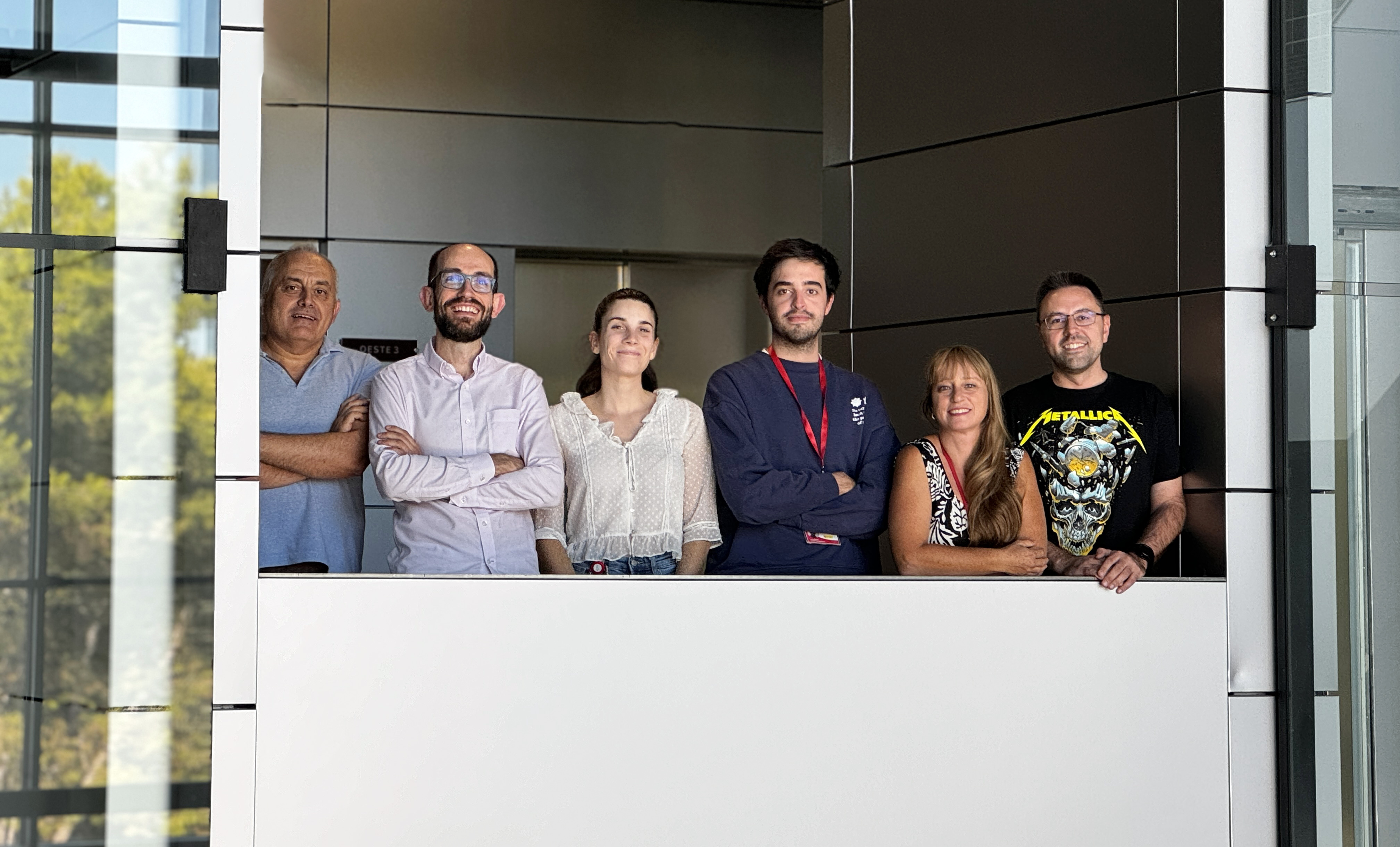Science Advances: A new CNIC study describes a mechanism whereby cells respond to mechanical signals from their surroundings
A study by CNIC, published in Science Advances, offers a new approach to understanding how cells respond to mechanical signals from their environment, redefining the comprehension of the relationship between cells and their physical surroundings.
To the casual eye, a memory foam mattress would appear to have no relationship to the behavior of cells and tissues. But an innovative study carried out at the Centro de Investigaciones Cardiovasculares (CNIC) in Madrid shows that viscoelasticity—the capacity of a material to be compressed and then recover its original form, like memory foam—is a little-explored property of biological tissues that is essential for correct cell function.
Study leader Dr. Jorge Alegre-Cebollada, who heads the Molecular Mechanics of the Cardiovascular System laboratory at the CNIC, explained that proper cell function requires both biochemical and mechanical signals. Mechanobiology is the scientific study of how cells recognize and respond to the mechanical properties of their surroundings. One of the most important elements in the generation of mechanical signals is the extracellular matrix (ECM), a network of proteins that acts like a glue that holds cells together, thus helping to form and define tissues.
The ECM influences cellular activities through its mechanical properties, regulating migration, proliferation, and differentiation. For example, changes to ECM rigidity are implicated in the progress of coronary artery disease and pancreatic and breast cancers. Nevertheless, scientists still don’t fully understand how cells respond simultaneously to different mechanical properties, such as rigidity and viscolelasticity, especially in predominantly rigid surroundings.
The new study, published in the journal Science Advances, shows that tissue viscoelasticity plays a crucial role in cellular homeostasis, the ability of cells to maintain the internal equilibrium they need to function properly.
Lo que ahora demuestra por primera vez el estudio publicado en la revista Science Advances y liderado por el Dr. Alegre-Cebollada, es cómo la capacidad de los tejidos para deformarse y recuperar su forma original (viscoelasticidad) desempeña un papel fundamental en el proceso por el cual una célula mantiene un equilibrio interno constante para funcionar adecuadamente, proceso denominado homeostasis celular.
“This study represents a significant advance in our understanding of how cells react to mechanical forces and could help to explain, for example, why some tumors are more aggressive than others, as well as pointing the way to improving the performance of artificial tissues in biomedical applications,” commented Dr. Alegre-Cebollada.
In the study, the CNIC-led research team used newly developed biomaterials and a computational model to clarify how cells respond to viscoelastic forces
Regulation of cellular response times
The study shows that ECM viscoelasticity, a little-studied property until now, regulates the time it takes for cells to respond to a mechanical stimulus
Dra. Carla Huerta-López, the first author on the study, explained that “in the same way as a memory-foam mattress takes time to recover its shape every morning after we get out of bed, cells and tissues need time to recover from a mechanical stimulus, for example a firm handshake or a knock. The time tissues need to respond to mechanical alterations is determined by viscoelasticity.”
For the study, the CNIC team developed protein-based biomaterials that imitate the mechanical behavior of the ECM.
Using these biomaterials, the authors identified a surprising mechanism through which ECM viscoelasticity outweighs the sensing of rigidity.
According to the researchers, these findings contradict current models and provide new explanations for how cells respond to the mechanical properties of the ECM.
The study has been made possible thanks to the funding received from the Ministry of Science, Innovation, and Universities, the European Research Council (ERC), and the Community of Madrid through the interdisciplinary consortium Tec4Bio-CM. It is worth noting that four of the principal investigators of Tec4Bio-CM have directly participated in the development of this work from the CNIC, ICMM-CSIC, and the Polytechnic University of Madrid











